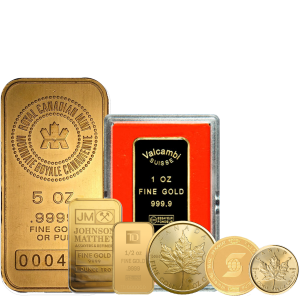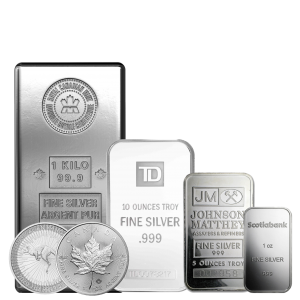

Back
When Is The Ideal Time To Put Money Into Precious Metals?
May 7, 2025
Entry Timing in the Market
The market price for one ounce of gold that is available for immediate delivery is referred to as the spot price of gold. Statistics pertaining to the economy, interest rates, inflation, geopolitical events, and operations of central banks all have an impact on it. Investors have seen gold prices rise during periods of severe inflation and economic recession. When gold prices drop, which often occurs after the economy has reached a stable state, it is possible to make long-term gains.
Silver's industrial and financial uses lead its pricing to be more erratic than gold's. There are frequently greater opportunities to buy when there is uncertainty. Silver's price changes more slowly than gold's.
The Economic Cycle
• Often, metals move in the opposite direction of equities and bonds. The demand for metals increases whenever there is market upheaval or when fiat money is weak. Inflation that is on the rise, interest rates that are lowering, geopolitical instability, or excessive money printing all contribute to positive metal prices.
• The pessimistic sentiment is exacerbated by good economic growth, rising interest rates, and high stock prices.
• Watching the dynamics of the macroeconomic environment might help investors locate appropriate entry chances.
The Prices Of Platinum And Palladium
Palladium utilization by vehicle catalytic converters is greatly influenced by industrial sector demand. Decreased automotive manufacturing and supply problems in the main producing countries are driving higher palladium costs . Price drops brought on by production or supply chain activity slowdowns could be good for long-term investors.
In addition, the price of platinum per oz is a significant statistic. Despite being overshadowed by gold and silver, platinum has the potential to constitute a strategic investment. It may be undervalued when its price falls below that of gold. Platinum has industrial applications that are equivalent to those of palladium, but it is lower in price, which makes it desirable during times of economic recovery.










